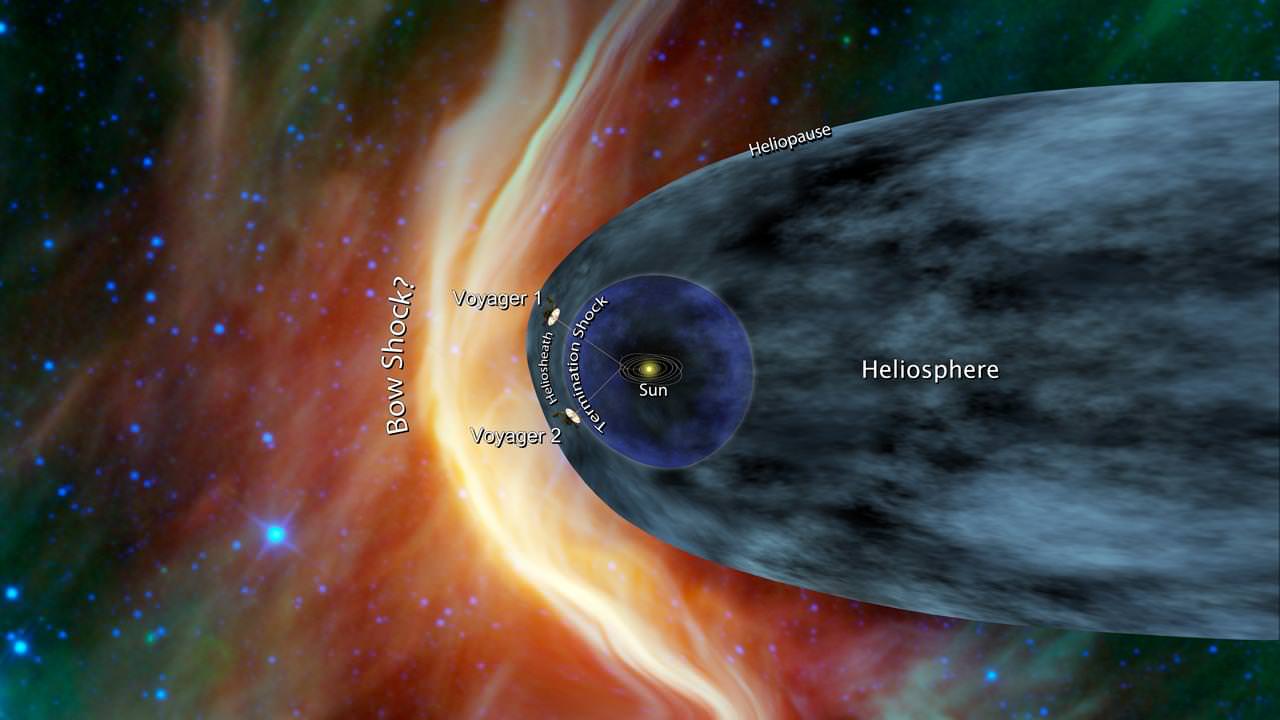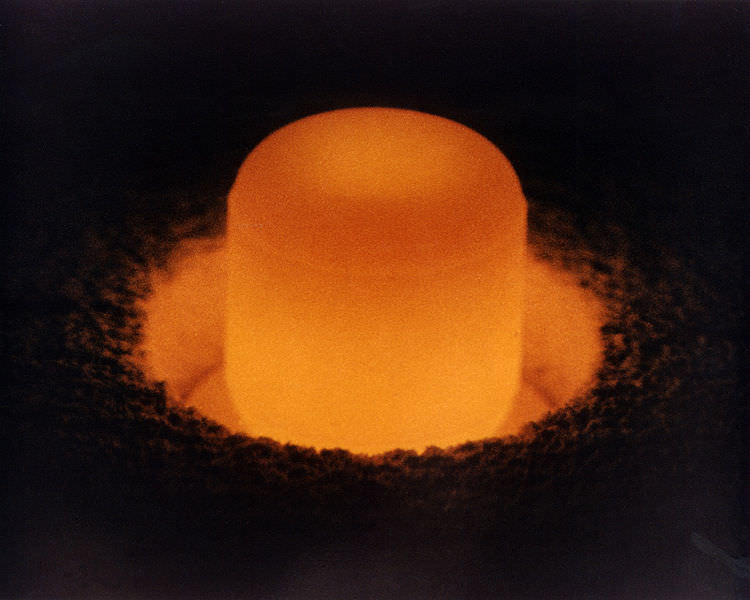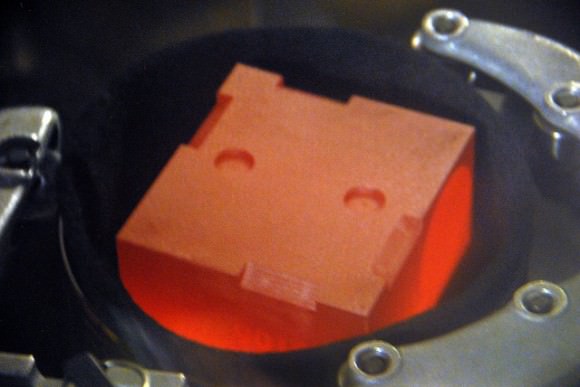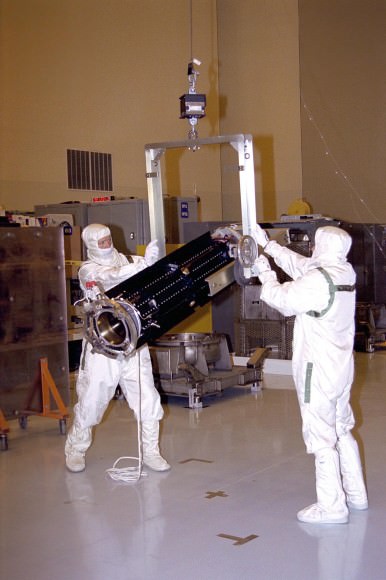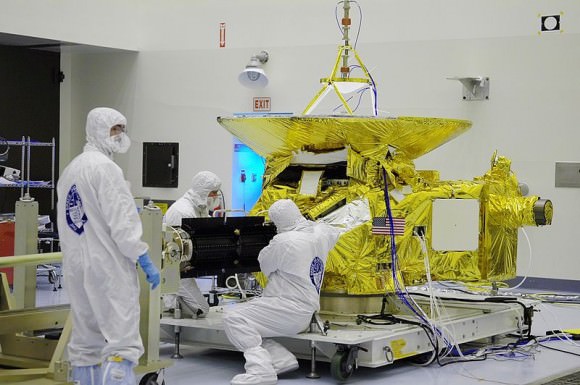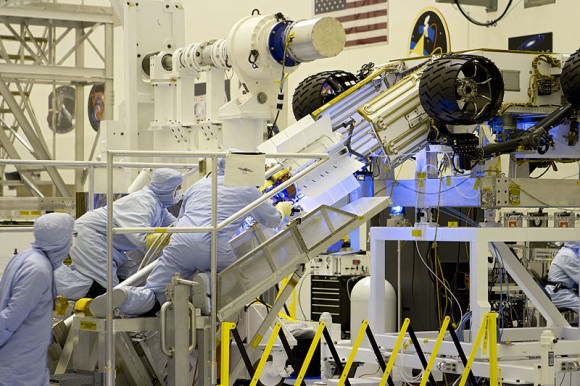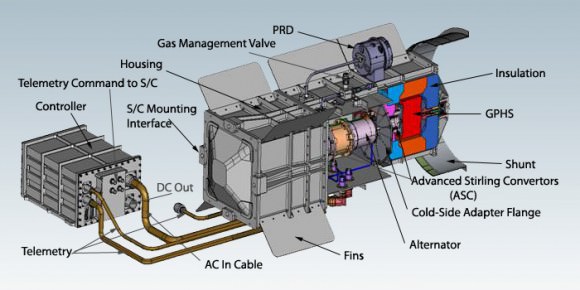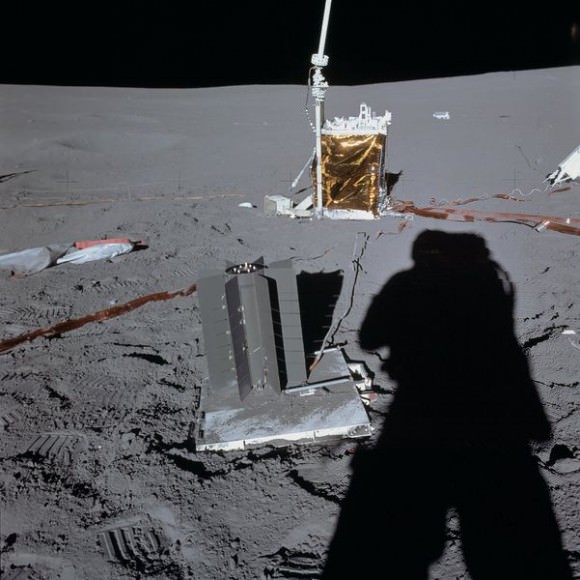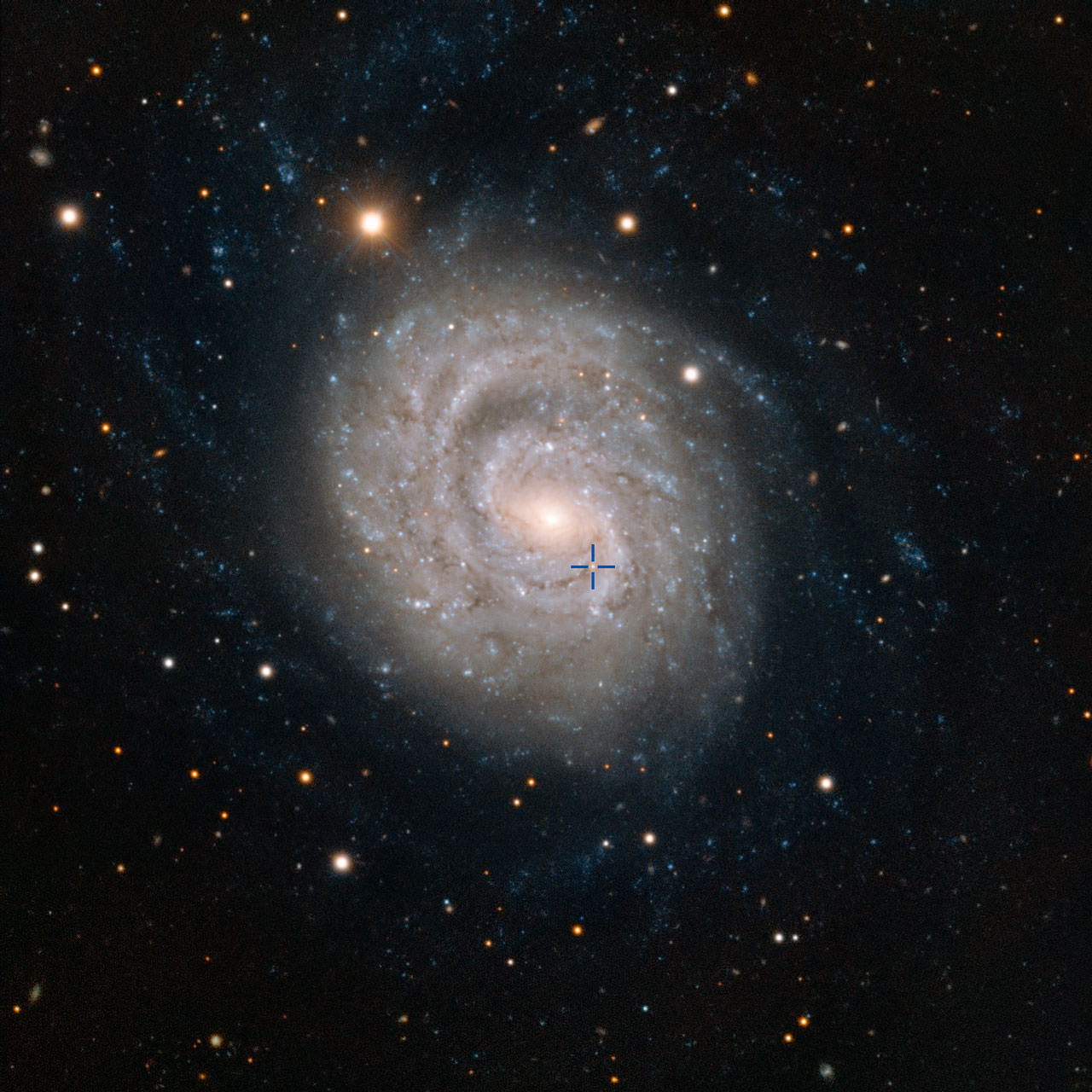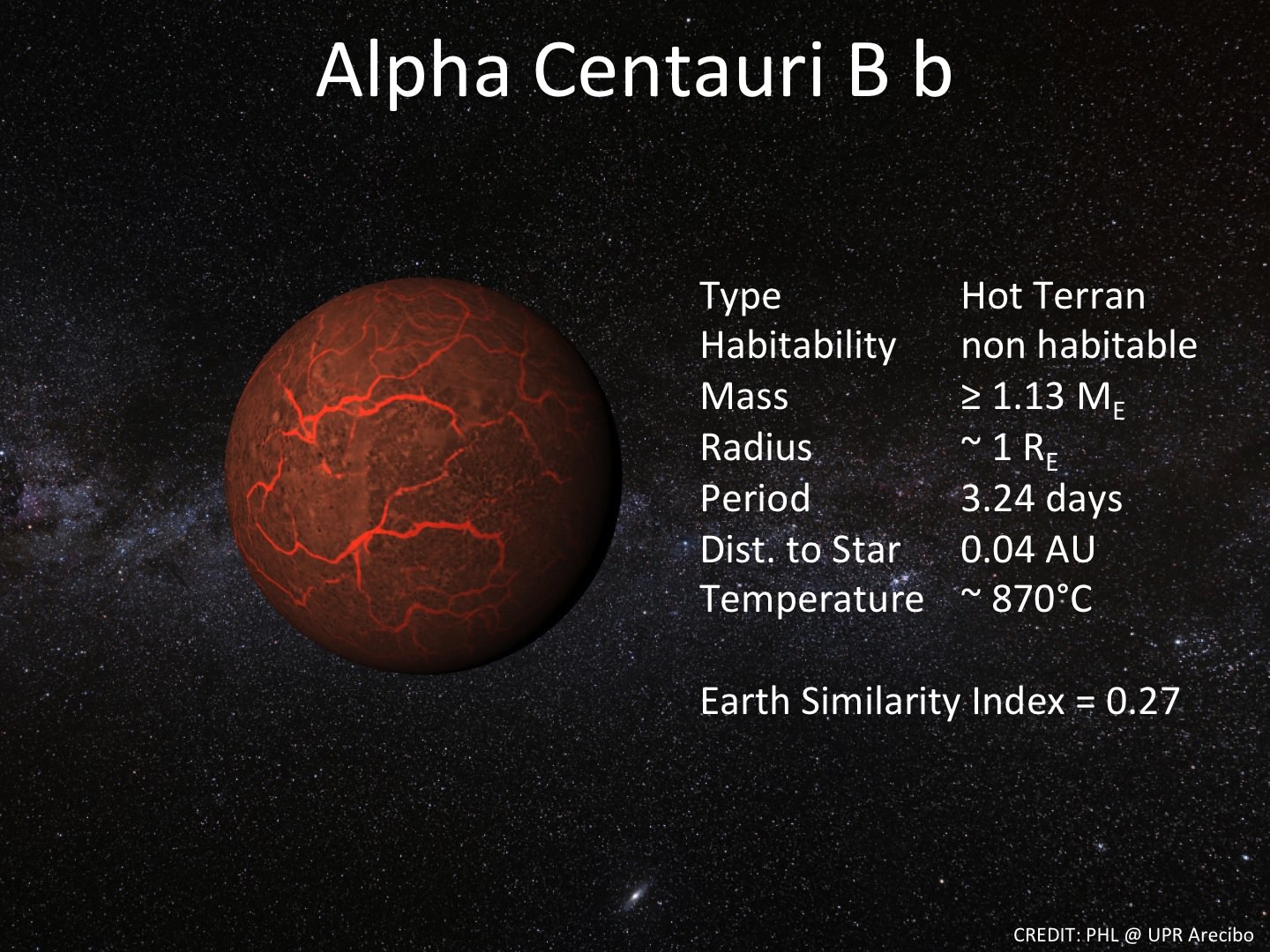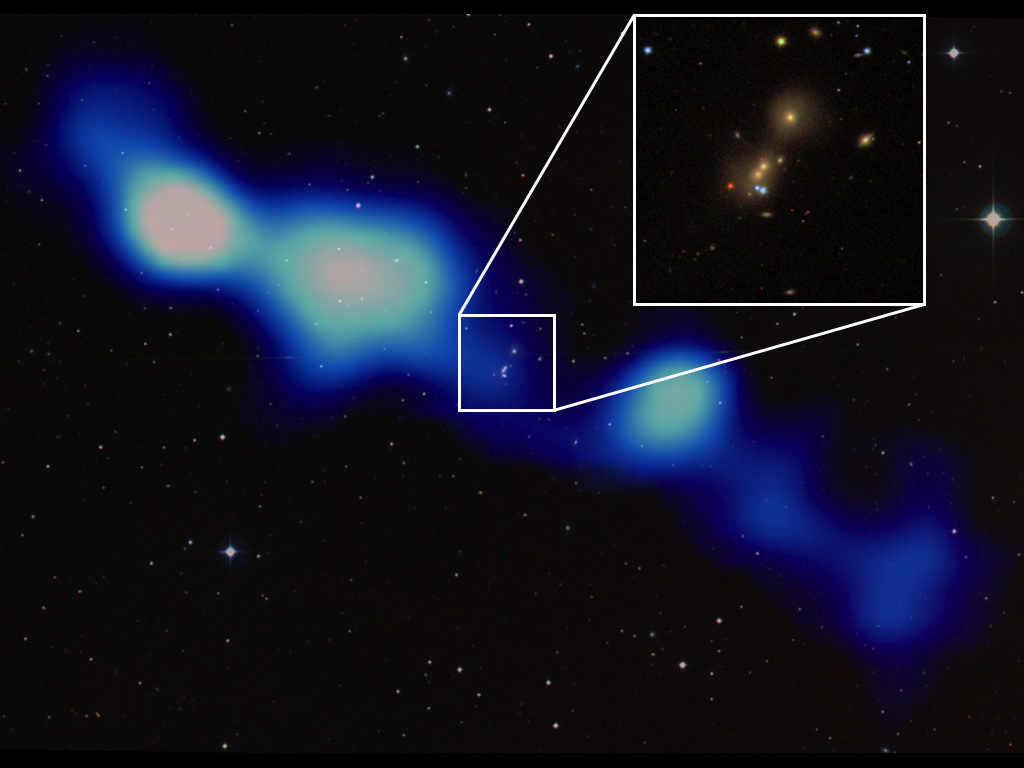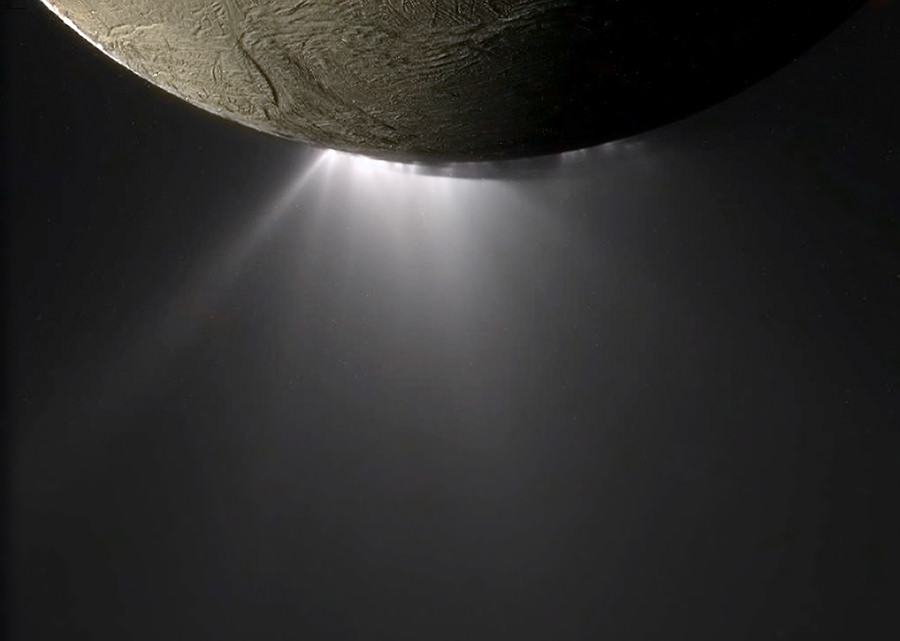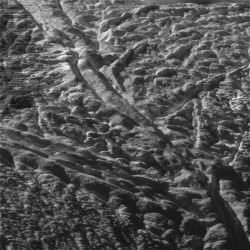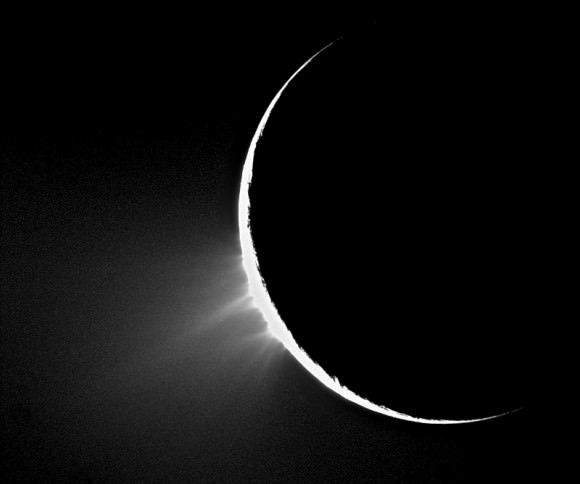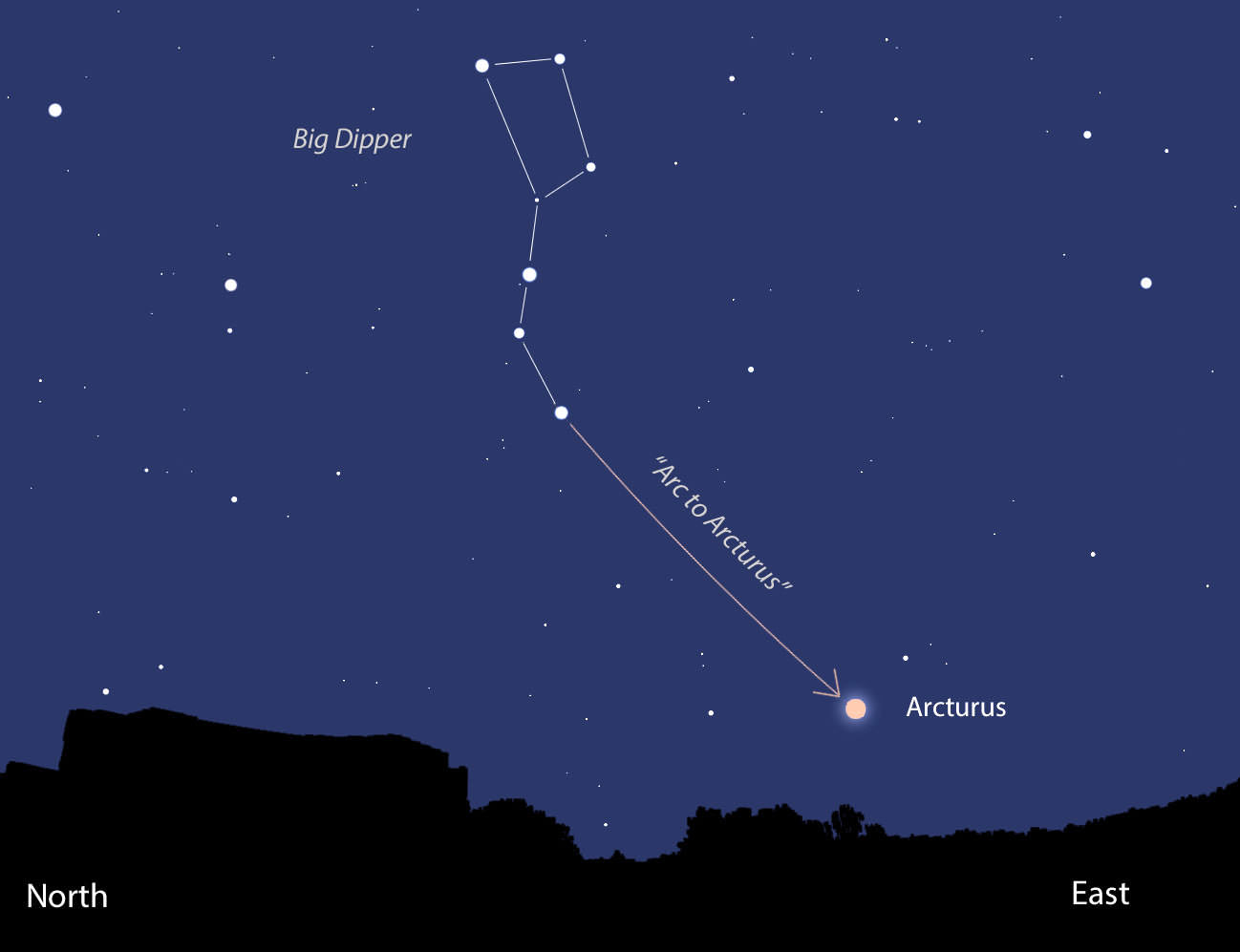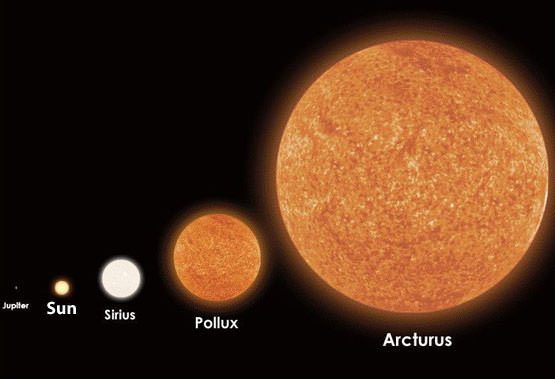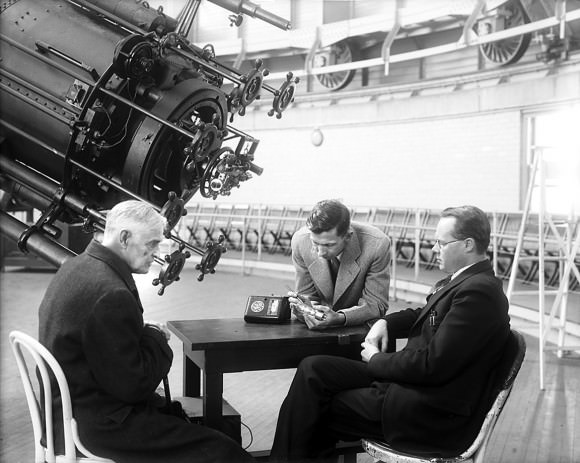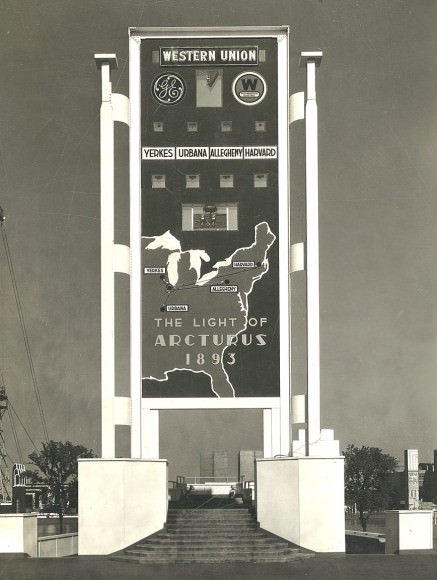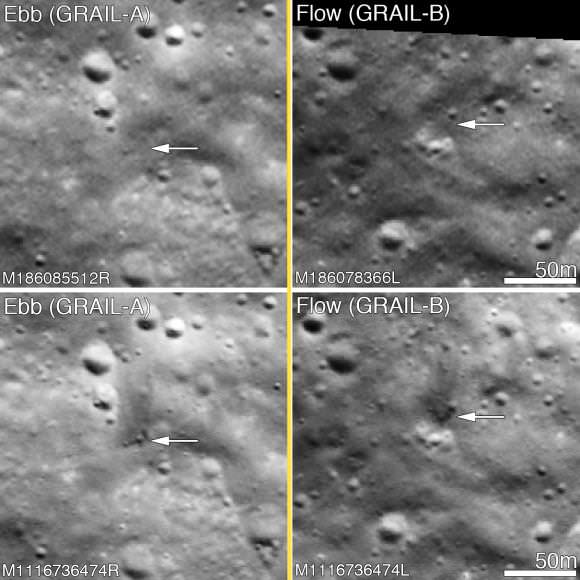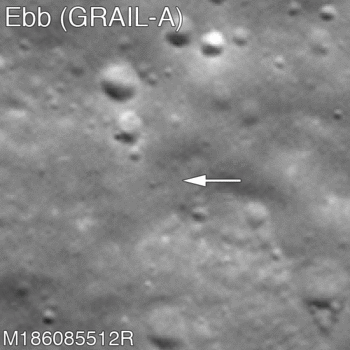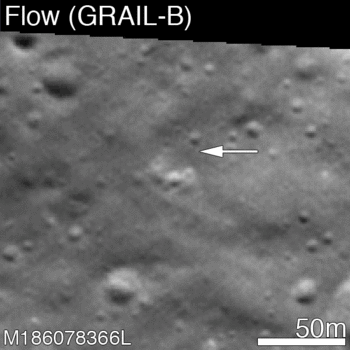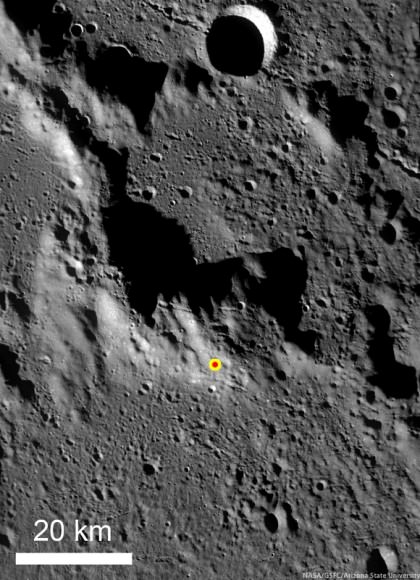A new paper out today reports that the Voyager 1 spacecraft appears to have traveled beyond the influence of the Sun and exited the heliosphere. However, the data they cite is the same as what NASA Voyager scientists claimed in December 2012 was just a new region at the edge of the solar system that scientists previously didn’t know was there. They called it a “highway” of magnetic particles, shepherding Voyager 1 out into interstellar space, whereas the new paper put out by the American Geophysical Union says Voyager 1 has crossed a “heliocliff” and into interstellar space.
JPL spokesperson Jia-Rui Cook had just heard of the paper when Universe Today called this morning to verify the findings of the new paper. “Our last statement about this was the critical thing we were looking for was a change in the magnetic field data,” she said via phone. “This paper does not appear to address the magnetic field data.”
UPDATE: NASA has issued a statement regarding this issue:
“The Voyager team is aware of reports today that NASA’s Voyager 1 has left the solar system,” said Edward Stone, Voyager project scientist based at the California Institute of Technology, Pasadena, Calif. “It is the consensus of the Voyager science team that Voyager 1 has not yet left the solar system or reached interstellar space. In December 2012, the Voyager science team reported that Voyager 1 is within a new region called ‘the magnetic highway’ where energetic particles changed dramatically. A change in the direction of the magnetic field is the last critical indicator of reaching interstellar space and that change of direction has not yet been observed.”
Cook told Universe Today that Voyager Project Scientist Ed Stone was out of the country, and she was trying to get in touch with him to verify the paper’s claims that Voyager has left the solar system, and he obviously wasted no time in setting the record straight.
In another update, the AGU reissued the press release with a different title to “to better represent the findings reported in the study.” The initial headline was “Voyager 1 Has Left the Solar System, Sudden Changes in Cosmic Rays Indicate,” and the new headline is “Voyager 1 has entered a new region of space, sudden changes in cosmic rays indicate.” So, basically, the new paper was just iterating the previous findings.
(End of updates)
The authors of the new paper, William Webber and F.B. McDonald, cite the events of last summer when Voyager 1 measured drastic changes in radiation levels, more than 18 billion km (11 billion miles) from the Sun. On July 28, 2012 the level of lower-energy particles originating from inside our Solar System dropped by half. However, in three days, the levels had recovered to near their previous levels. But then the bottom dropped out at the end of August, where anomalous cosmic rays (cosmic rays trapped in the outer heliosphere) all but vanished, dropping to less than 1 percent of previous amounts. At the same time, galactic cosmic rays – cosmic radiation from outside of the solar system – spiked to levels not seen since Voyager’s launch, with intensities as much as twice previous levels.
“Within just a few days, the heliospheric intensity of trapped radiation decreased, and the cosmic ray intensity went up as you would expect if it exited the heliosphere,” said Webber in an AGU press release. Webber is a professor emeritus of astronomy at New Mexico State University in Las Cruces. He called this transition boundary the “heliocliff.”
In the Geophysical Research Letters article, the authors say, “It appears that [Voyager 1] has exited the main solar modulation region, revealing [hydrogen] and [helium] spectra characteristic of those to be expected in the local interstellar medium.”
However, last December in a NASA press conference, the Voyager team said they infered this region is still inside our solar bubble because the direction of the magnetic field lines has not changed. The direction of these magnetic field lines is predicted to change when Voyager breaks through to interstellar space.
“We believe this is the last leg of our journey to interstellar space,” Stone said during the press conference. “Our best guess is it’s likely just a few months to a couple years away. The new region isn’t what we expected, but we’ve come to expect the unexpected from Voyager.”
We’ll provide more information on this discrepancy between the interpretations of the events when we hear more from the Jet Propulsion Laboratory.

